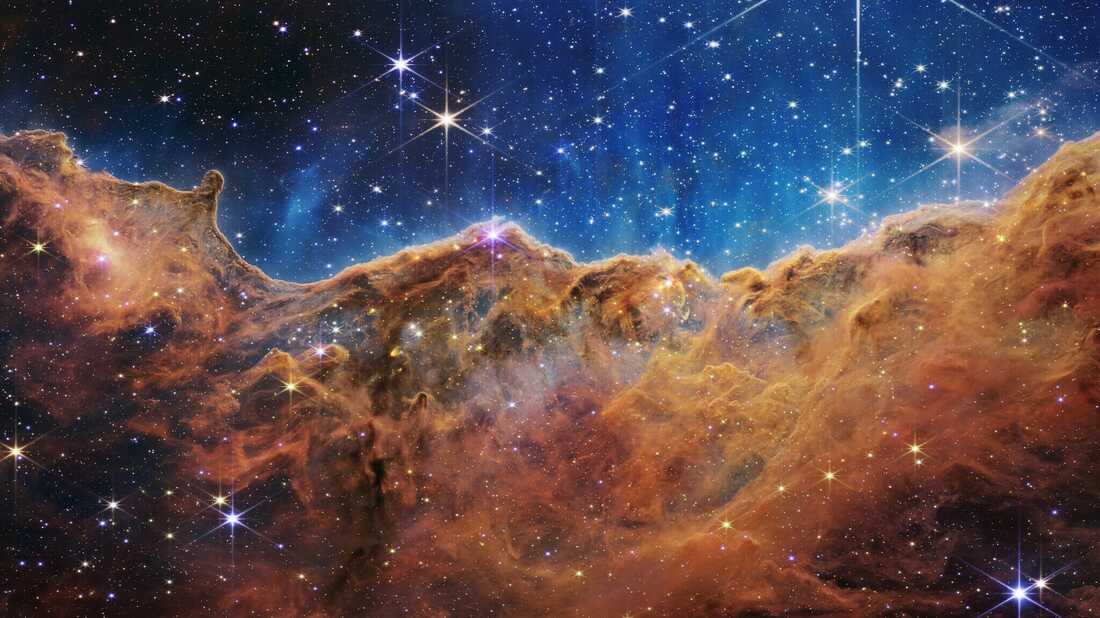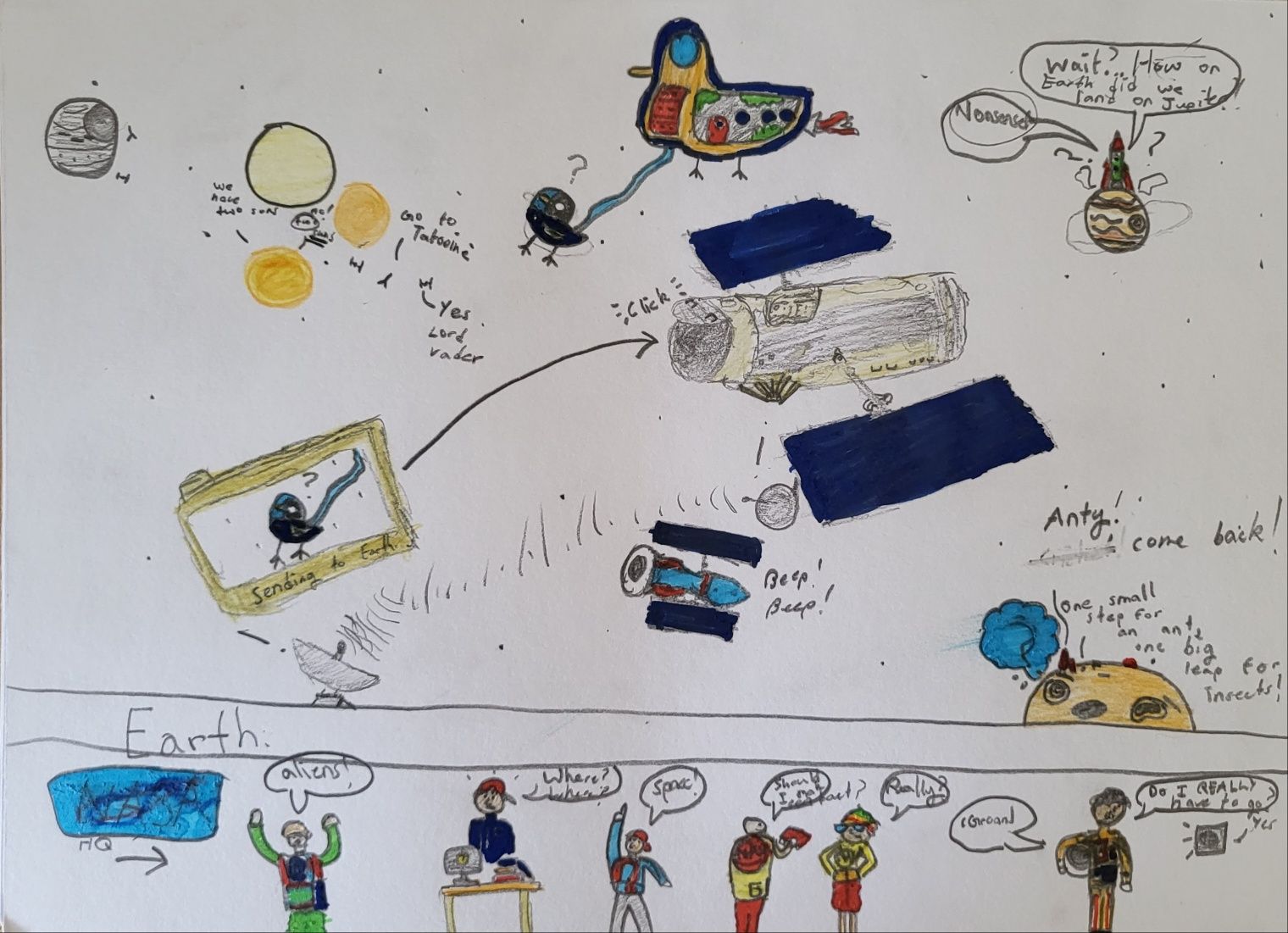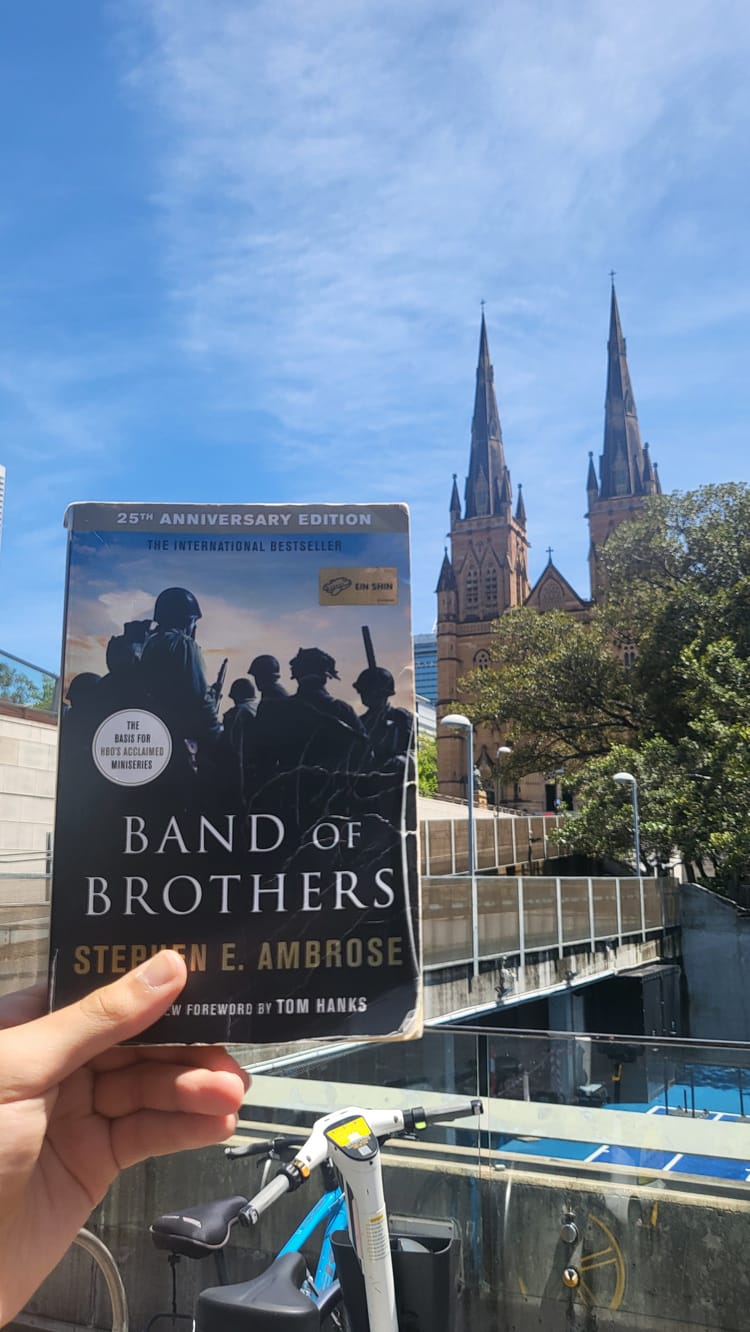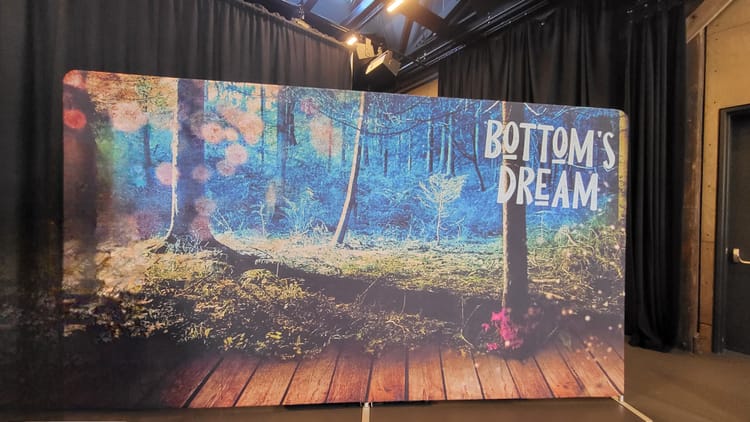The Hubble Space and the James Webb Telescope

On July 20, 1969, millions were able to hear hearts beating as Neil Armstrong and Buzz Aldrin brought humanity's wave to the moon. “That's one small step for a man, one giant leap for mankind”. The human race started simply with muscles, then learnt to control fire, invented electricity, built complex structures, and sent rockets piercing through the heavens. Nevertheless, we Dr. Jekylls have been consumed by Mr. Curiosity in many subjects but maybe not as interested as in space. Therefore, 77 different space agencies were formed and sent a fresh supply of telescopes into space. Out of these objects, two objects stand before all others: the Hubble and the James Webb Space Telescope.

The Hubble Space Telescope was designed for exploring the universe. It observes planets in visible, ultraviolet and partial infrared wavelengths. Contributing to the most astronomical discoveries by simply observing the most distant galaxies, this successful telescope orbits the Earth and is the very first space-based optical telescope in orbit. The Hubble Space Telescope discovered two moons of Pluto while determining the rate at which the universe is expanding. Doubtlessly, The Hubble Space Telescope is just what we need for researching space! Although the Hubble Space Telescope relies on visible infrared wavelengths, discovering many more planets may be possible with complete infrared technology.

Known as the biggest space telescope in orbit around the sun, the James Webb Space Telescope allows itself to see through thick clouds of gas and more galaxies than any other spacecraft with its infrared technology. The James Webb Space Telescope was dispatched into a new space sector everyone believed was a void. However, a notable artist, Van Gogh quotes, “I often think that the night is more alive and more richly coloured than the day”. Indeed, The James Webb Space Telescope found light beyond our expectation: twinkling galaxies. During its mission, this extraordinary telescope gave scientists an unprecedented and remarkable view of the universe: a cluster of vivid, swirling and rare galaxies, blooming black holes, rainbow supernovas, and blindening blue neutron stars. The James Webb Space Telescope also unveils the universe’s hidden history, enabling them to observe the formation of the earliest space objects and find the potential of life. It is recovering an insurmountable number of planets and galaxies, every day and month, met with jubilance from the world.
Even if every spacecraft plays a different role, every man-made object launched into space deserves all the same as we celebrate well-acclaimed people today as our splendid telescopes raise awareness of space. Humanity is unable to understand when the Big Bang formed galaxies - this is why comprehension in space has always been vital, and still will be in the future. We are fortunate enough to have these space marvels that began writing new history with their marvellous lenses.





Member discussion